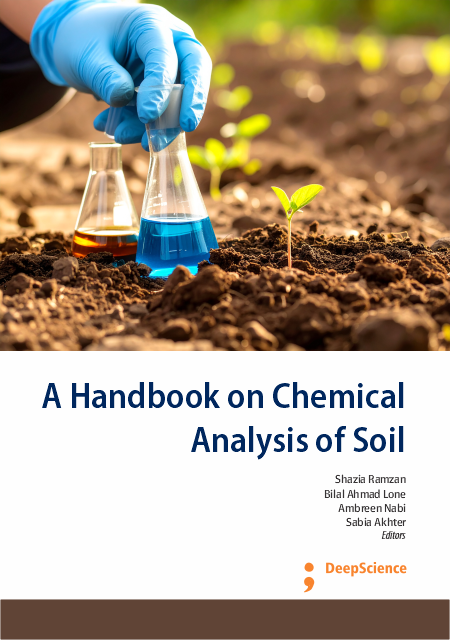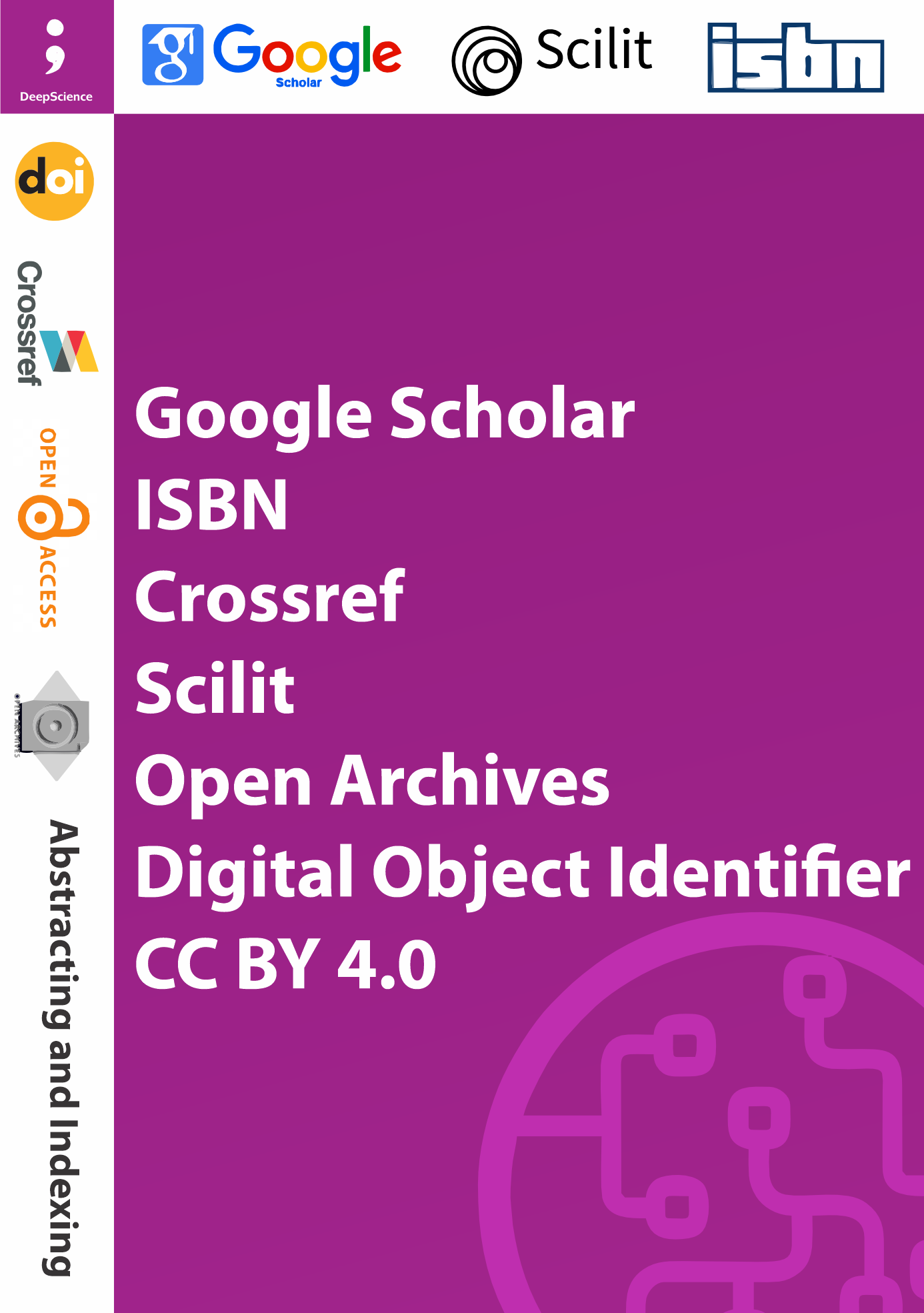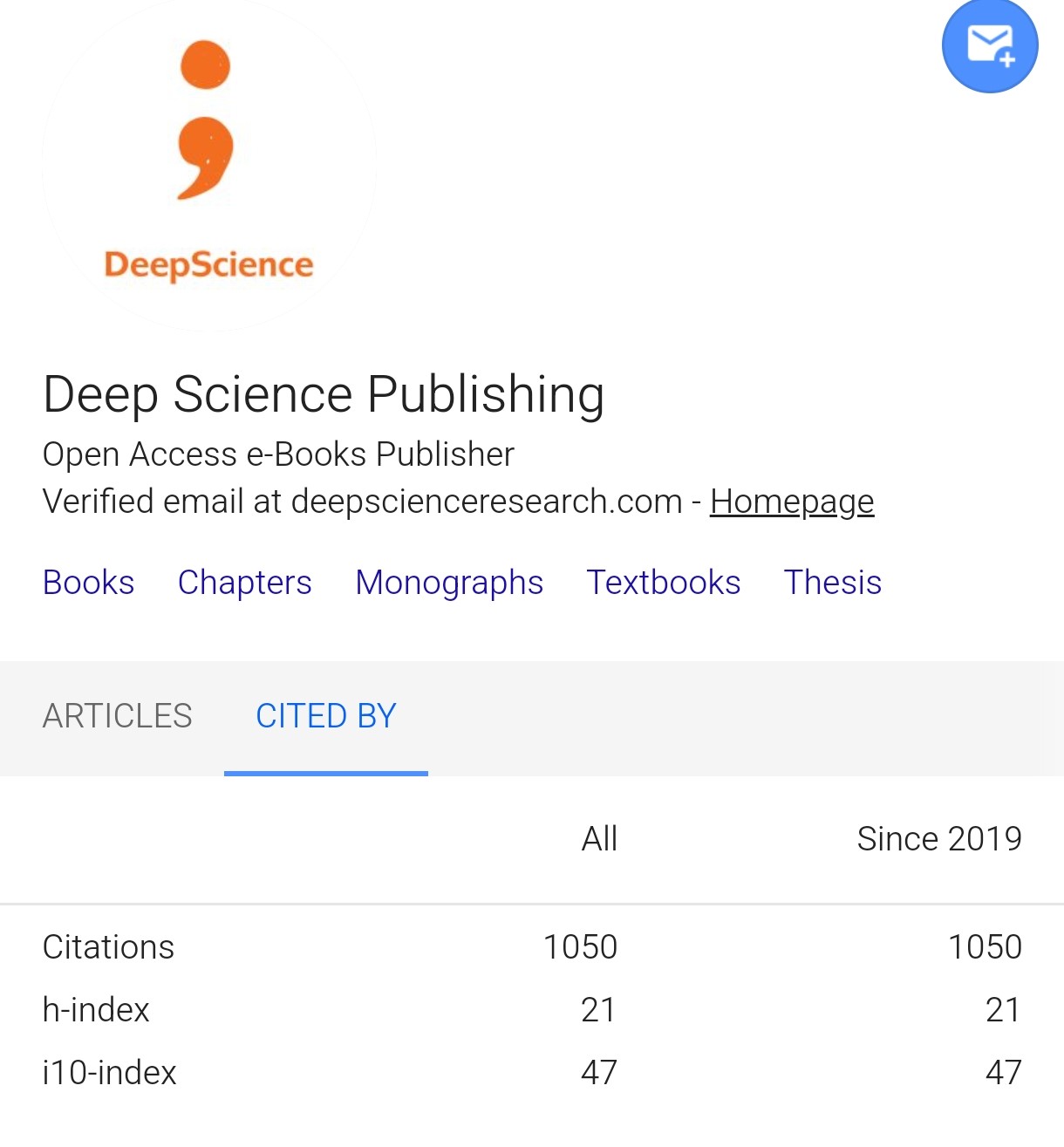A Handbook on Chemical Analysis of Soil
Keywords:
Soil testing , Soil fertility , Soil health , Soil analysis , Soil sampling , Soil nutrients , Soil organic carbonSynopsis
Sustainability of agriculture is important for food security, economic development and alleviation of poverty. There are several threatens to agriculture like rapid increase in population, shrinking of agricultural lands and climate change.
Soil health is deteriorating due to indiscriminate use of chemical fertilizers and pesticides and rapid industrialization. So, soil quality evaluation of agricultural soil is critical for maintaining agricultural sustainability. There are many ways for soil health assessment. However, soil testing plays an important role in the scientific management of soil resources, ensuring their optimal use while minimizing environmental degradation. Soil testing gives insights of availability of soil nutrients and guides the farmers regarding balanced fertilizer application.
Frequent soil testing allows farmers to evaluate their current management practices and identify any issues negatively affecting soil health and productivity. This process is vital for correcting soil deficiencies and preventing problems that could compromise future agricultural success. Moreover, informed decisions about crop selection and rotation are facilitated through a comprehensive understanding of soil fertility and health.
This book of Soil sampling and soil analysis is configured as a practical guide for agricultural professionals, students and officials working in extension departments that are involved in soil analysis and soil fertility management. It provides brief introduction of soils of Jammu and Kashmir, procedures for standardization of chemicals required in soil testing, scientific method of soil sampling, soil testing, enabling accurate assessment of nutrient status. Furthermore, the book will contribute to the mission on Soil Health Card Scheme, empowering farmers with the information required for soil sustainability.
We hope this book will serve as a valuable resource for sustainable soil management and agricultural practices o that our soil can be saved for future generations.
References
Berger, K.C. and Truog, E. 1939. Boron determination in soils and plants. Industrial & Engineering Chemistry Analytical Edition. 11(10): 540-545.
Gupta,P.K. 2000.Soil, plant, water and fertilizer analysis. Agrobios(India), Jodhpur.ISBN:81-7754-038-6.
John,M.K., Chuah, H.H. and Neufeld, J.H. 1975.Application of improved Azomethine–H method to the determination of boron in soils and plants. Analytical Letters. 8(8): 559-568.
Singh, D., Chhonkar, P.K. and Pandey, R.N. 1999. Soil, Plant, Water Analysis – A Methods Manual, Division of Soil Science and Agricultural Chemistry, IARI, New Delhi.
Soltanpour, P.N., Jones, J.B.Jr. and Workman, S.M.1982.Optical emission spectrometry. Pp. 29-65. In: A.L. Page et al., (eds) Methods of Soil Analysis Chemical and microbiological properties. Part 2. 2nd Edition. Agronomy Monograph No. 9. ASA and ASSA, Madison, Wis., USA.













